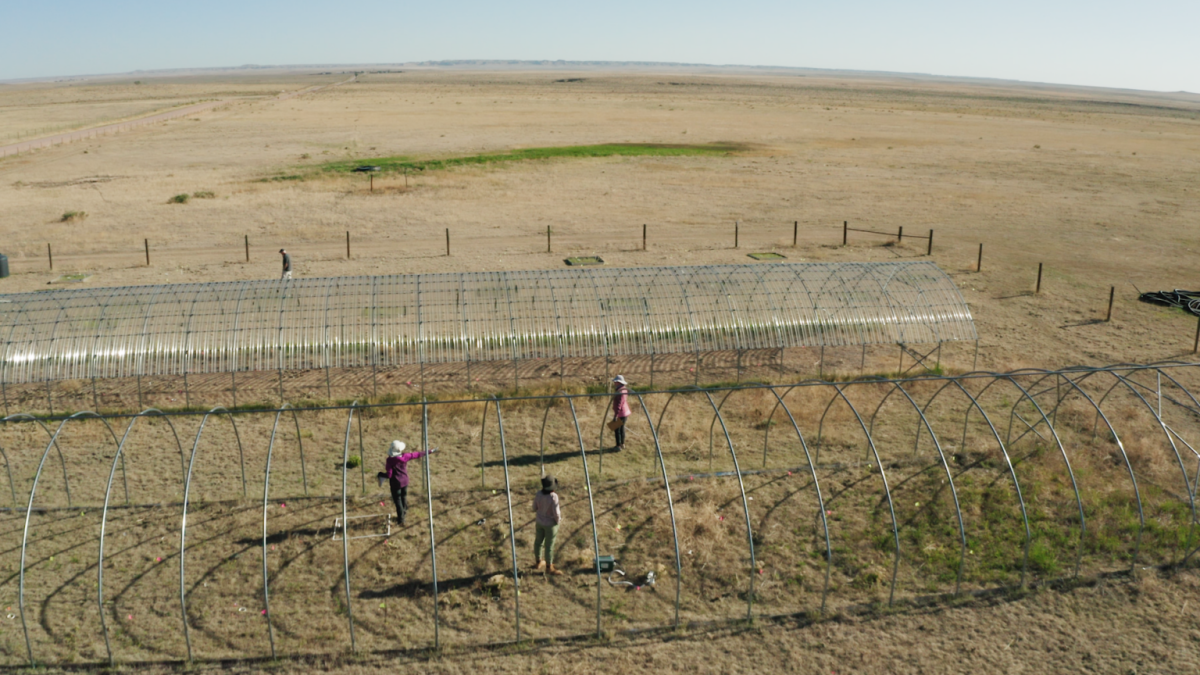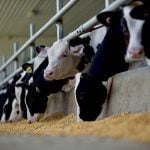British Columbia for the first time has imposed a “temporary curtailment” of water use by irrigators and others on a waterway in the province.
Environment Minister Barry Penner on Friday ordered the curtailment on the Nicola River, upstream from Nicola Lake, to protect the river’s kokanee salmon population.
“Due to low winter snowpacks and drought conditions this summer, water flows in this area are extremely low and the kokanee population are expected to begin spawning soon,” the province said in a release.
The Nicola River above Nicola Lake, in B.C.’s south-central interior, is seeing low flows and the risk to the kokanee is “particularly high,” the province said. An order for water use reduction is believed “likely to improve the situation” for spawning kokanee.
Read Also

Prolonged drought causes unprecedented productivity loss: Study
Colorado State University — Extreme, prolonged drought conditions in grasslands and shrublands would greatly limit the long-term health of crucial…
The order was issued under the provincial Fish Protection Act, the relevant section of which was brought into force last month “in anticipation of a need to protect fish populations in times of drought,” the province said.
Section 9 of the Act allows for ministerial orders to temporarily regulate water users, regardless of the terms of their water license, the province said — that is, as long as water levels are low due to drought; survival of fish populations is or may be threatened; and “due consideration” is given to agricultural users’ needs.
Before issuing the new curtailment order, B.C.’s environment ministry had asked water licensees in the area to take on voluntary water conservation measures.
The province said it also informed its licensees that “regulatory action” may be required if voluntary actions didn’t reduce the threat to fish populations.
“Most water licensees within the watershed are supportive of this approach,” the province said Friday, “and have been implementing voluntary water conservation measures such as stopping irrigation and reducing irrigation volumes.”
















